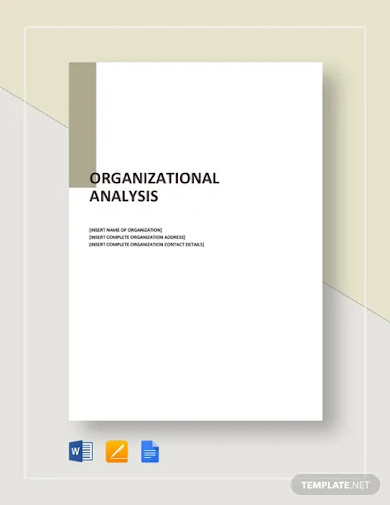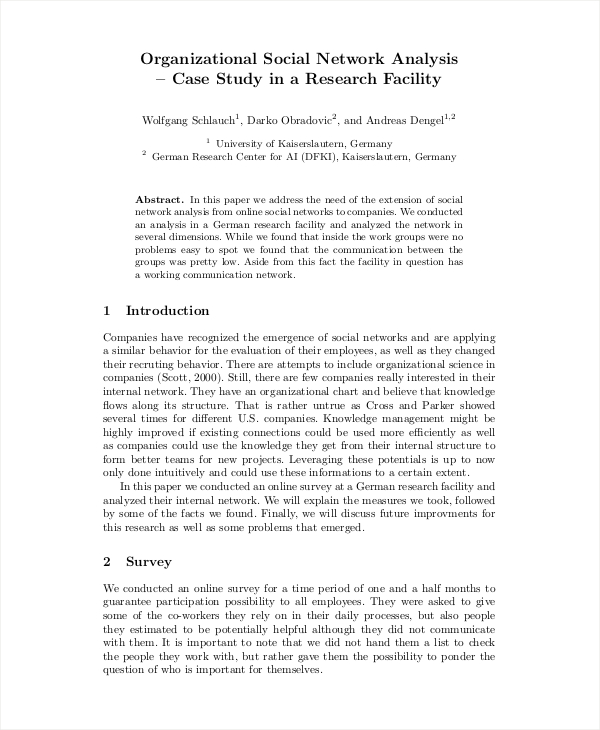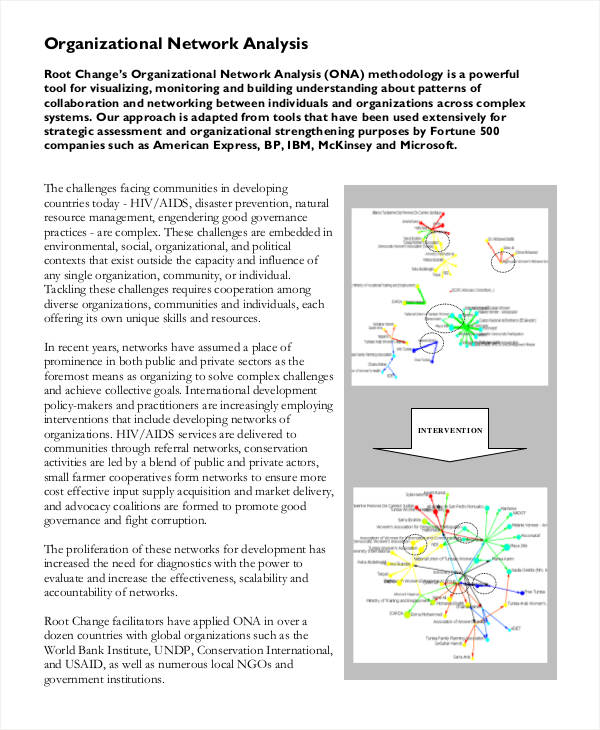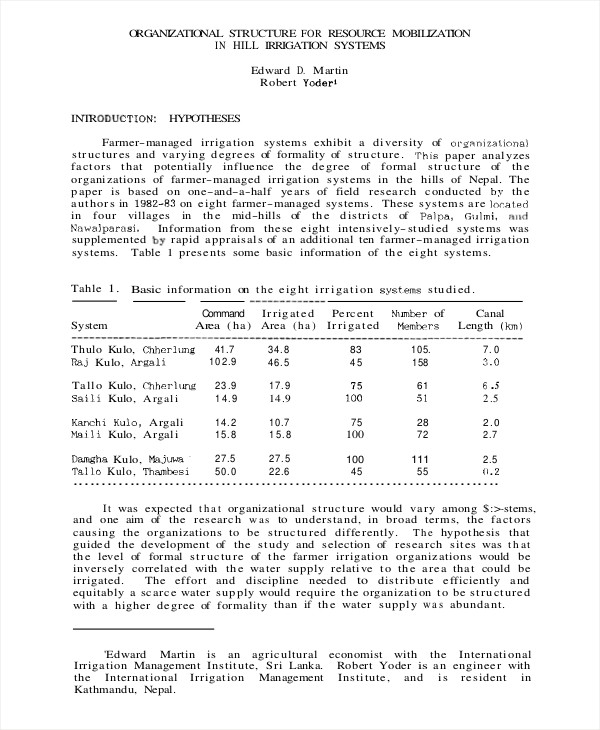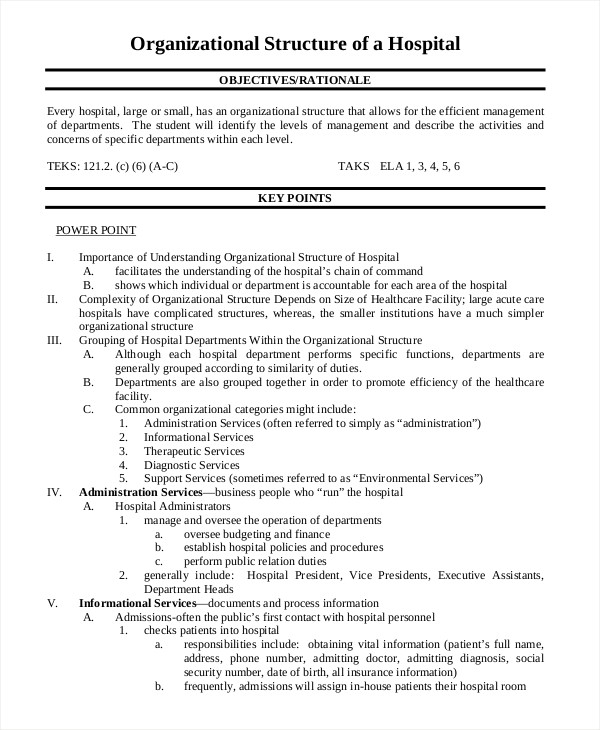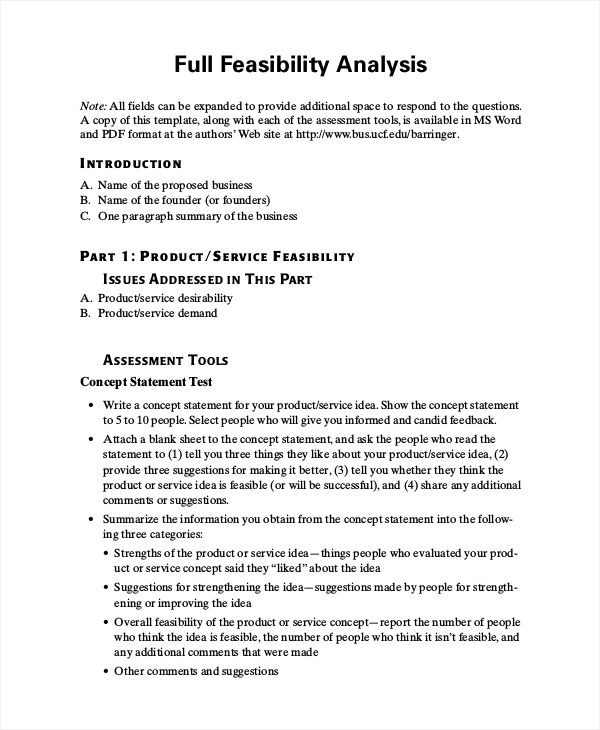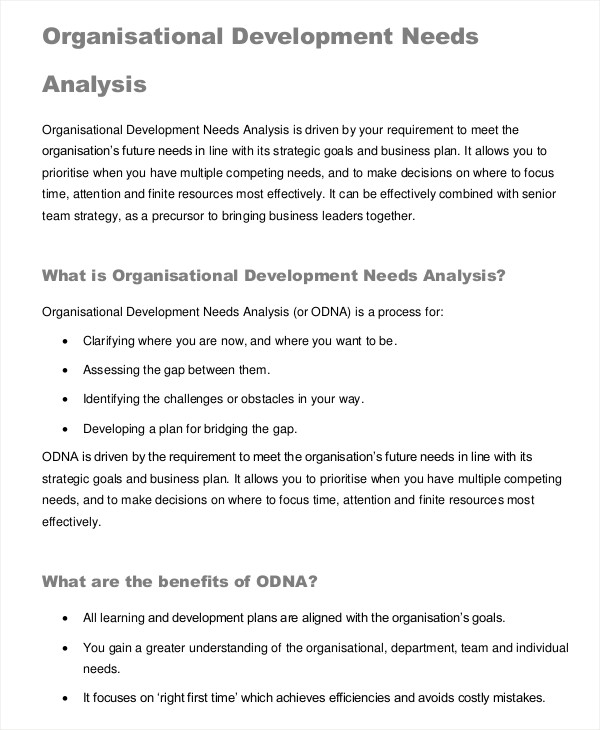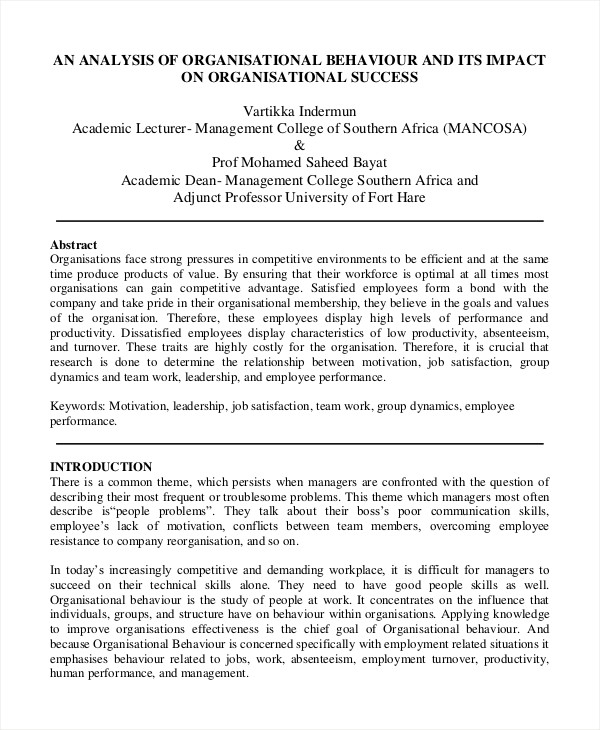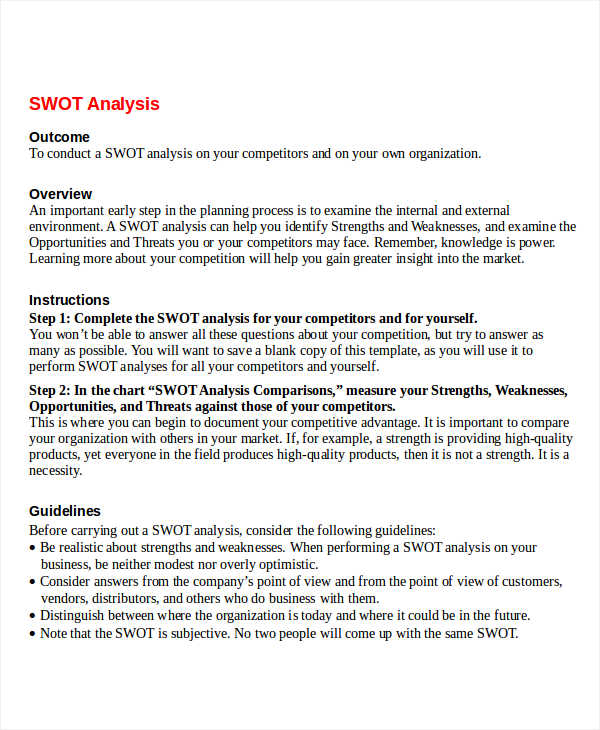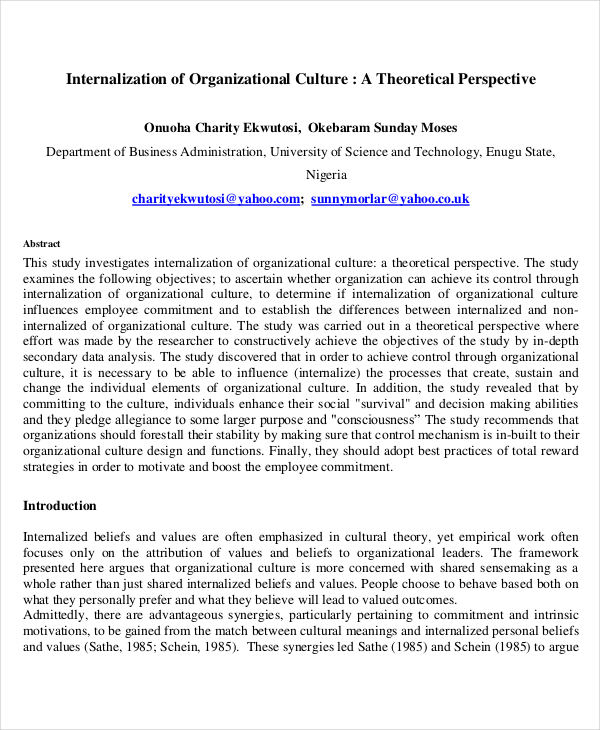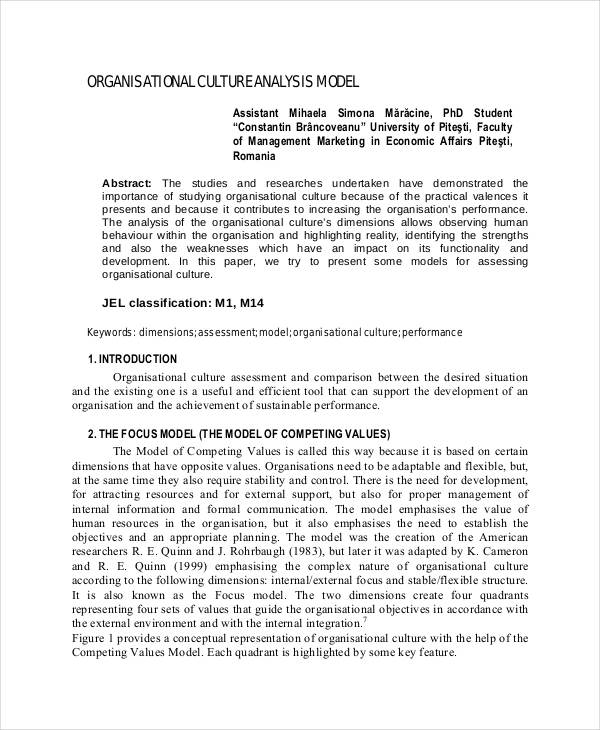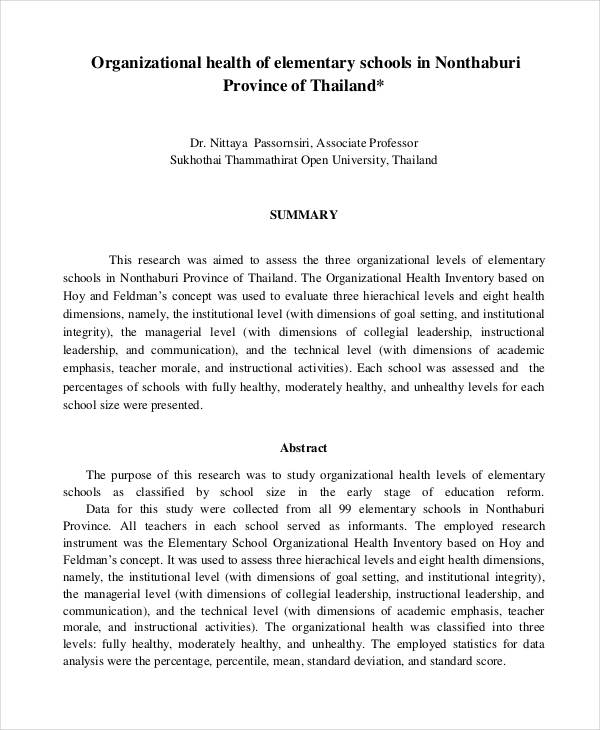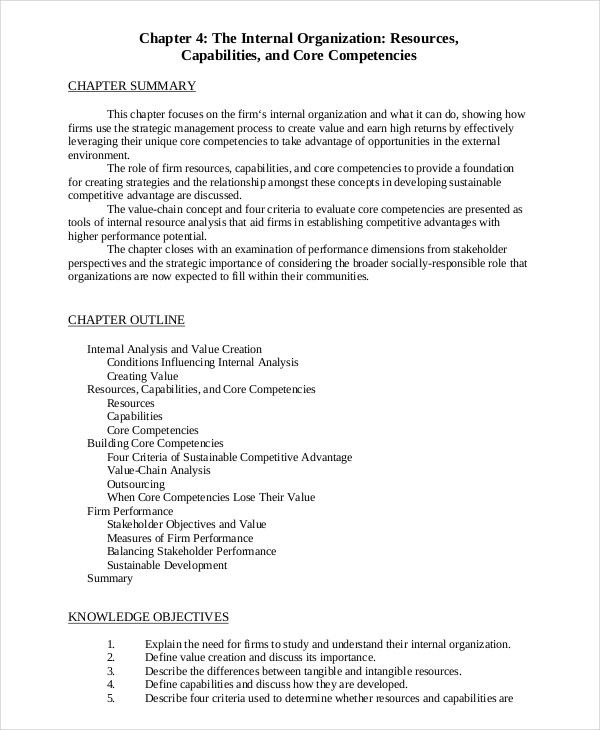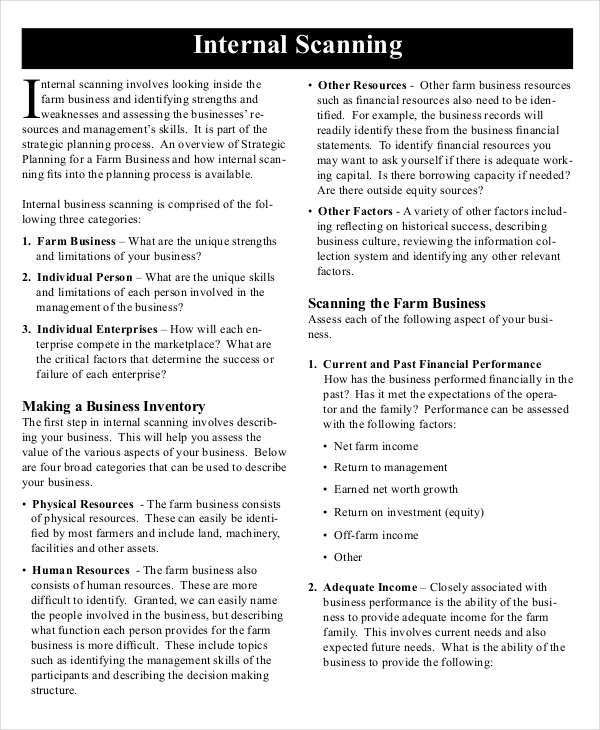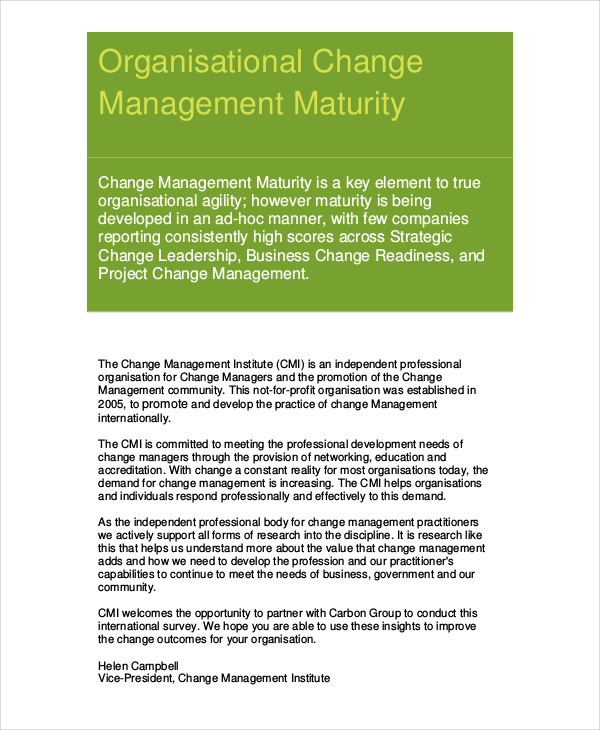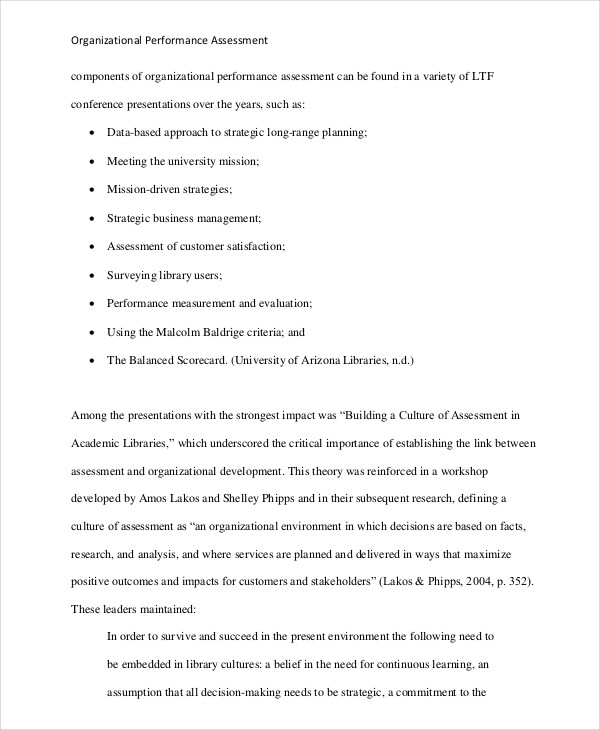18+ Organizational Analysis Examples to Download
The word analysis is used to describe a careful examination of data, information, or factors of different origins typically after studying, observing, gathering such factors. Analysis of such data is done in order to interpret relationships between factors, uncover the meaning of such factors, derive results, or arrive into a or resolution.
Analysis of data gathered is used in different fields of industry, such as education and business plan. This process is necessary in order to be able to understand the data being gathered, and how these affect or influence the flow of processes and results in a certain field.
Organizational Analysis Template
Organisational Network Analysis
Organisational Social Network
Organization Network Analysis
Organizational Structure Analysis
Organizational Structure Resource
Hospital Structure Analysis
Organizational Structure Case
What Is an Organizational Analysis?
Organizational analysis is known as the process of evaluating the workflow, operations, work environment, staff or employees, and operations of an organization or business analysis.
Basically, an organisational analysis is conducted on a regular basis in order to identify conflicts and problems, and determine the necessary steps in managing them.
An organizational analysis may also include the process of examining the external factors (e.g. threats, opportunities, etc.) which have the potential to affect how an organization performs its day to day operations and activities in any way.
Importance of an Organizational Analysis
Aside from evaluating how the organization functions as a whole, organizational analysis also provides the chance to determine the organizational analysis strengths and weaknesses that affect the functionality of the organization.
Aside from that, organizational also examines the internal and external factors affecting the organization in any way. Organizational analysis enables an organization to understand its current well-being and areas for improvement, in order to derive with the necessary course of action for the improvement and growth of the organization.
Also, interpreting the analysed data gives the organization a chance to determine the necessary strategies to establish and achieve business goals and targets. Furthermore, an organizational analysis allows the organization to address problems, and anticipate future problems and the measures they need to take in order to manage such problems.
Organizational Feasibility Analysis
Feasibility Analysis Example
Free Organizational Feasibility
Organizational Needs Analysis
Organizational Training Needs
Development Needs Analysis
Organizational Behavior Analysis
Organizational Behavior Company
Organizational Behavior SWOT
Steps in Conducting an Organizational Analysis
An organizational analysis is a fundamental process an organization needs to undergo. Conducting an organizational analysis enables them to identify different factors affecting how they function as an organization. Thus, an individual who manages an organization needs to be able to know how to conduct an organizational analysis.
Here are the basic steps on how to conduct an organizational analysis:
- Identify the organization’s goals and targets. Organizational goals and target help define an organization and how the organization functions. These are the things that keep the organization going. It is the organizations mission to meet and achieve such goals.
- Identify the tools and approach to use. Conducting an organizational free analysis needs certain types of tools and approach which would improve the process of gathering data.
- Collect data. Research about the different organizational structure, processes, functions, policies, personnel, previous performance, and other important factors defining the organization. Conduct interviews. Know the different challenges the organization has experienced and how they derived a solution to solve it. This is to understand how the organization works on the inside.
- Know the organization’s strengths and weaknesses. Know about the weaknesses the organization has, and how they affect the overall function of the organization. Know what strengths the organization possess which gives it an advantage to competitors.
- Observe the organization from the outside. Do your observation on the different external factors affecting the organization’s functions. Learn to differentiate the factors between threats and opportunities. Doing this will help you learn how the outside surroundings work and how they affect the organization as a whole.
- Do a documentation. Input your observation, findings, and the data you gathered upon conducting the analysis in a way that can be interpreted easily.
Organizational Culture Analysis
Organizational Theory Culture
Culture Analysis Example
The SWOT Analysis: An Approach in Organizational Analysis
Many organizations prefer to use the SWOT analysis when doing their organizational analysis. SWOT is an acronym which stands for Strengths, Weaknesses, Opportunities, and Threats.
Strengths
Strengths define the organization’s competencies and capabilities. Such capabilities will be their foundation in creating future plans and decision making. Identifying the strengths of an organization will enable one to know the factors that gives an organization the advantage against its competitors.
Weaknesses
Like strengths, an organization’s weaknesses can affect an organization’s overall function. Knowing what weaknesses an organization possesses, will them determine the reasons why certain operations fail, and establish the necessary alternatives to such weaknesses. Aside from that, knowing the weaknesses will help the organization in determining the ways to turn such weaknesses into strengths.
Opportunities
These are the factors which have the potential to provide opportunities for growth, expansion, or improvement to the organization. Identifying new opportunities allows an organization to plan the necessary measures in utilizing these opportunities to benefit the organization, and to maintain a competitive edge against its competitors.
Threats
Risks and hazards are always present, and they have a way to affect the overall function of an organization. Identifying these will enable an organization to plan ahead on how to avoid or manage such risks. This will also help them easily determine the measures to take in reducing the impact of such threats in case they affect the organization in any way.
Organizational Health Analysis
School Organizational Health
Organizational Internal Analysis
Internal Organizational Resources
Internal Scanning Analysis
Organizational Management Analysis
Organizational Change Management
Organizational Performance Analysis
Organizational Performance Assessment
Tips for Writing an Organizational Analysis
Conducting and writing an organizational analysis are two different things. However, both require a massive amount of consideration and effort to ensure success. Here’s how you write your organizational simple analysis:
- Determine organization goals, objectives, or problems. Include them in writing your organizational analysis.
- Gather the appropriate information. Identify the factors affecting your organization both positively and negatively. Gather as much information as you can.
- Write the information you have gathered in an organized way. Create a timeline, break them down into sections or categories, do whatever you can to organize them.
- Write in a clear and understandable way. Make it clear to your readers. It is important that you understand what you write, but it is more important the your readers understand what you mean.
- Make it simple and brief. If it’s too long, cut the unnecessary points, and keep it short.
- Review the points you have written and improve your work. Remove the errors, and inappropriate information.



